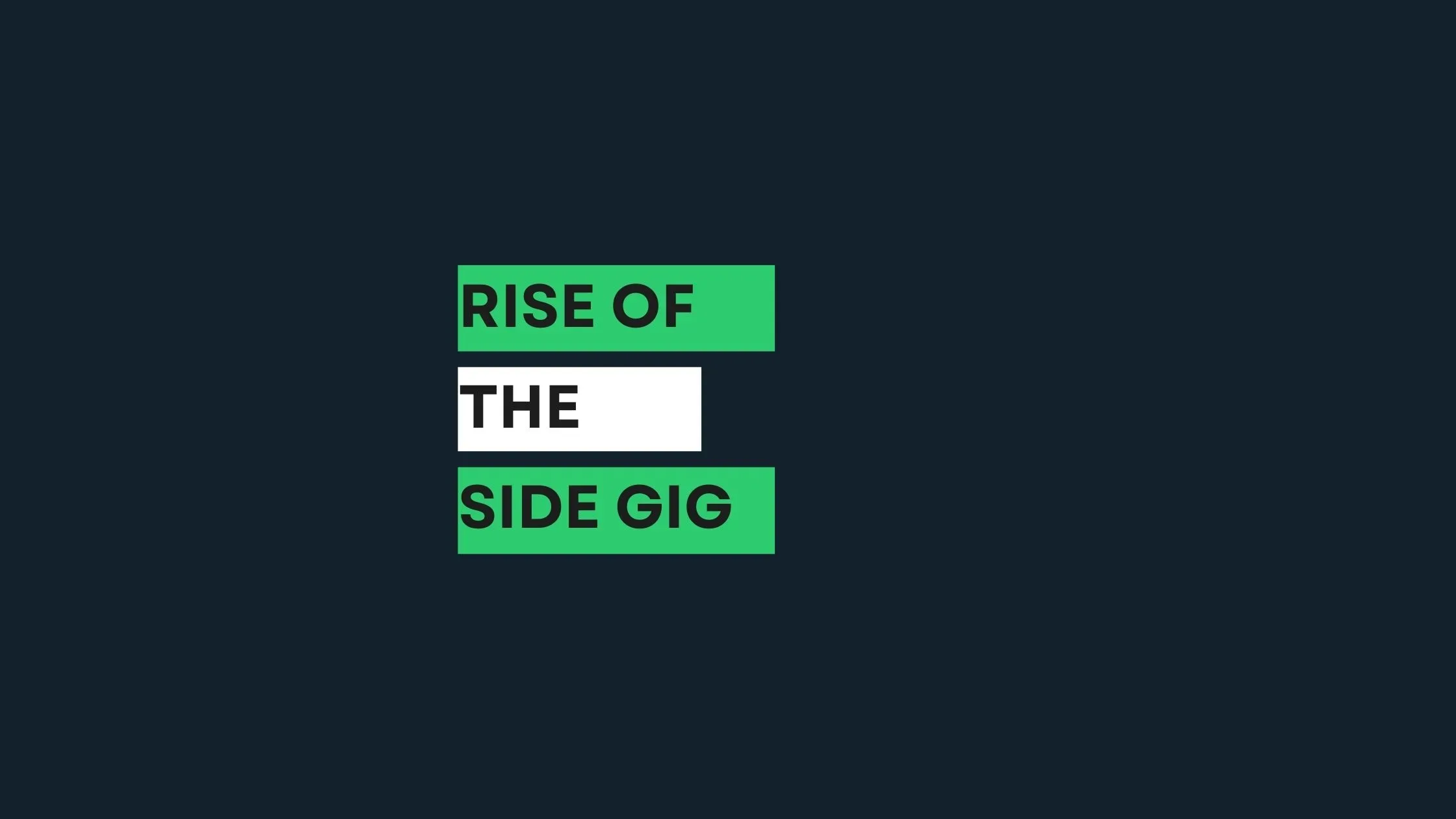| Refresh | This website gigged.ai/the-rise-of-the-side-gig/ is currently offline. Cloudflare's Always Online™ shows a snapshot of this web page from the Internet Archive's Wayback Machine. To check for the live version, click Refresh. |

A qualified software developer who creates apps for the Android operating system is known as an Android developer. Since Java is used to power Android, many Android developers will also be skilled Java developers. Android programmers produce applications that work with hardware running the Android OS. Writing and editing code, communicating with teammates inside and outside of their department, and keeping track of client feedback are all duties of an Android developer. An Android developer will constantly work to influence how Android apps affect the world around us by being bold and innovative.

Android Developers need to have demonstrated proficiency in one of the mainstream programming languages, and a sound understanding of the traditional product life cycle.
Useful skills for Android Developers include:
We know that finding an Android Developer for your latest project isn’t the easiest task, but at Gigged.Al we can help you save time and hassle by finding you the best talent who can fulfil your project’s requirements. We have several candidates waiting to start working in our talent network, and you can locate them by utilising our exclusive algorithm that matches your demands with the best, most available candidates.
Once you’ve chosen your top candidates, you may communicate with them directly using our integrated technologies to make sure you two are a good fit.
Sign up today to begin your Gigged. Al journey by creating a gig and then browsing our talent pool.
Then sign up to Gigged.Al and become part of our growing talent network. Cut out recruitment agencies and the stress of job seeking and let clients come to you. You’ll get the opportunity to work on multiple projects with a variety of clients throughout the UK. All you need is an internet connection!
Finding new contracts and freelance work is hard. So let our smart Al do the hard work for you.

Head Office:
BECO Building, 58 Kingston Street, Glasgow G58BP
© Copyright Gigged Ltd 2024. All rights reserved.